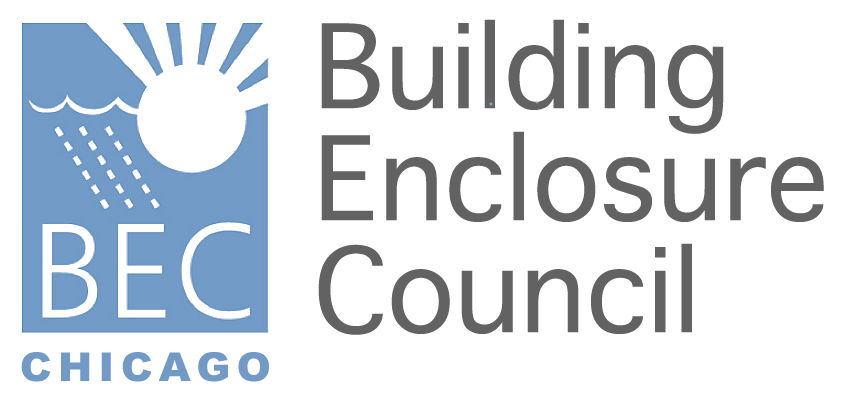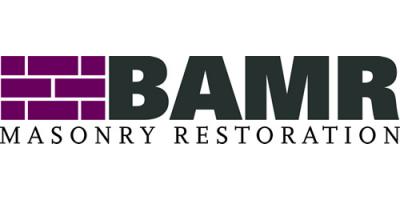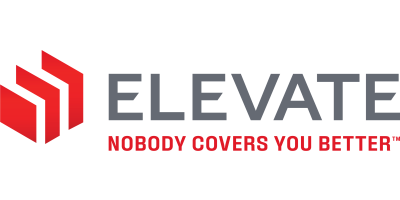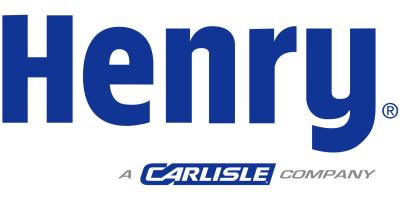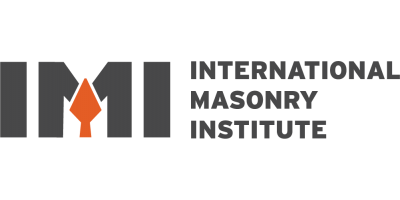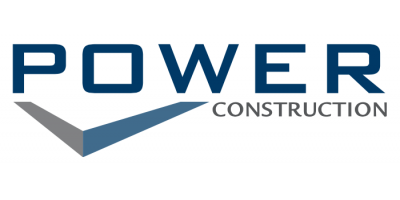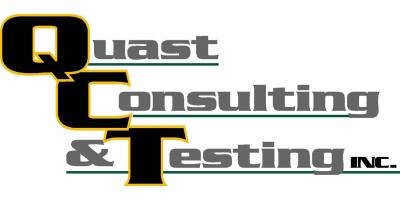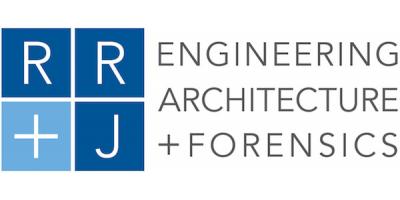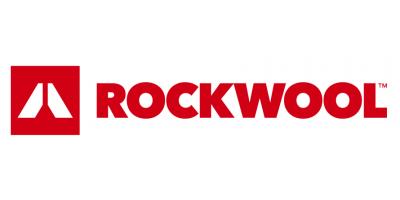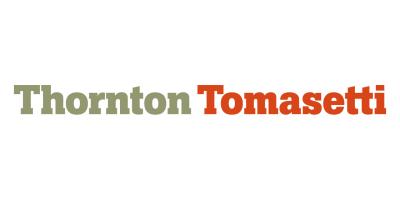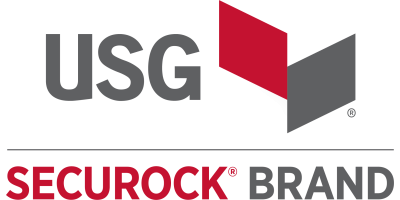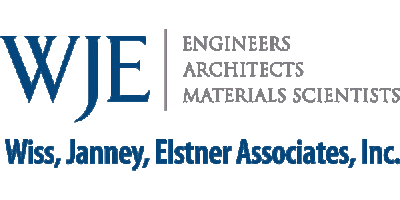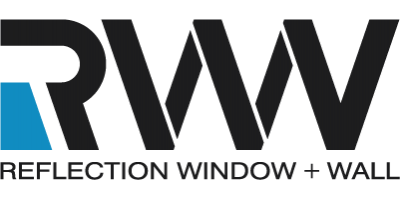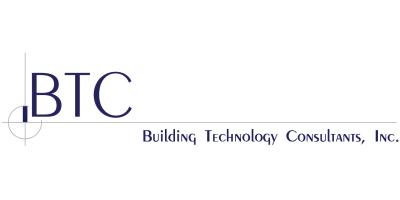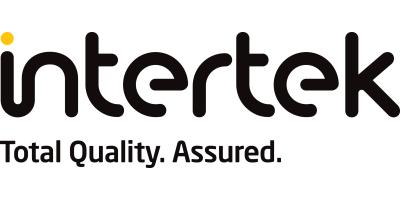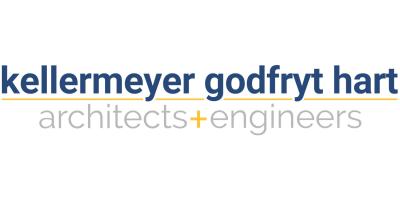| Location | Bank of America Conference Center, 135 S LaSalle Street, Suite 4300 (Rooms A, B, & C), Chicago, IL 60603 |
AIA CREDIT: Yes (1.0)
ABSTRACT:
The renovation and reuse of existing buildings is a cornerstone of sustainable design and preservation efforts. Masonry buildings, many of which are over a hundred years old, are good candidates for renovation because they have withstood the test of time and proven themselves as durable structures. However, current building codes and popular trends demand energy efficiency improvements through the addition of insulation, air barriers, and vapor retarders. These seemingly minor changes can significantly affect the performance and durability of the enclosure.
This presentation outlines some of the effects of adding insulation, air barriers, and vapor retarders to masonry walls, and evaluates the risks of those measures including potential implications to the building envelope performance and durability. These changes may be detrimental to the wall system if materials are not freeze/thaw durable or are moisture sensitive; and if renovation detailing does not include maintainable measures, such as flashing, to limit bulk water leakage. Determining the risk of deterioration requires computerized heat and moisture migration analysis. Depending upon the wall construction, material testing to characterize the freeze-thaw durability and to determine the hygrothermal material properties for model input may also be required.
Incorporating wall energy efficiency improvements can be costly and disruptive renovations that may have longer payback periods than other potential enclosure improvements. Designers therefore need to understand how wall improvements fit into the overall building energy strategy. This presentation will also discuss tools to evaluate if the proposed improvements are appropriate and will show how carefully executed whole building energy models can provide quantifiable feedback from which to evaluate the benefits.
Various examples and case studies (with varying masonry materials and in different microclimates) will highlight the design process, and related material testing and modeling requirements. In addition, the presentation will show investigation examples where insulating damaged the masonry.
LEARNING OBJECTIVES:
- Understand the risks associated with insulating mass masonry walls.
- Understand the laboratory tests that need to be run on brick when evaluating their freeze-thaw durability.
- Understand the limitations of hygrothermal modeling.
- Learn about material testing to improve the accuracy of hygrothermal modeling.
PRESENTER BIO:
Emily W. O’Keefe, Senior Staff II in Building Technology at Simpson Gumpertz & Heger Inc., has ten years experience investigating and rehabilitating existing buildings. Ms. O’Keefe’s work includes repair and rehabilitation design and construction to address failures. Her work includes primary and higher education buildings, transit centers, stadiums and convention centers, government buildings, cultural, residential, and commercial buildings, including historic structures. She is excited to be working in SGH’s Chicago office after relocating in August 2014 from Boston.
RSVP:
For BEC Chicago members, an RSVP invite will be sent out approximately 7 to 10 days in advance of event. For non-BEC Chicago members interested in atttending, you may contact Jeff Diqui at jdiqui@stocorp.com to request an invite. The invitation will include a link to an RSVP. Attendance will be limited to the first 110 that RSVP.
